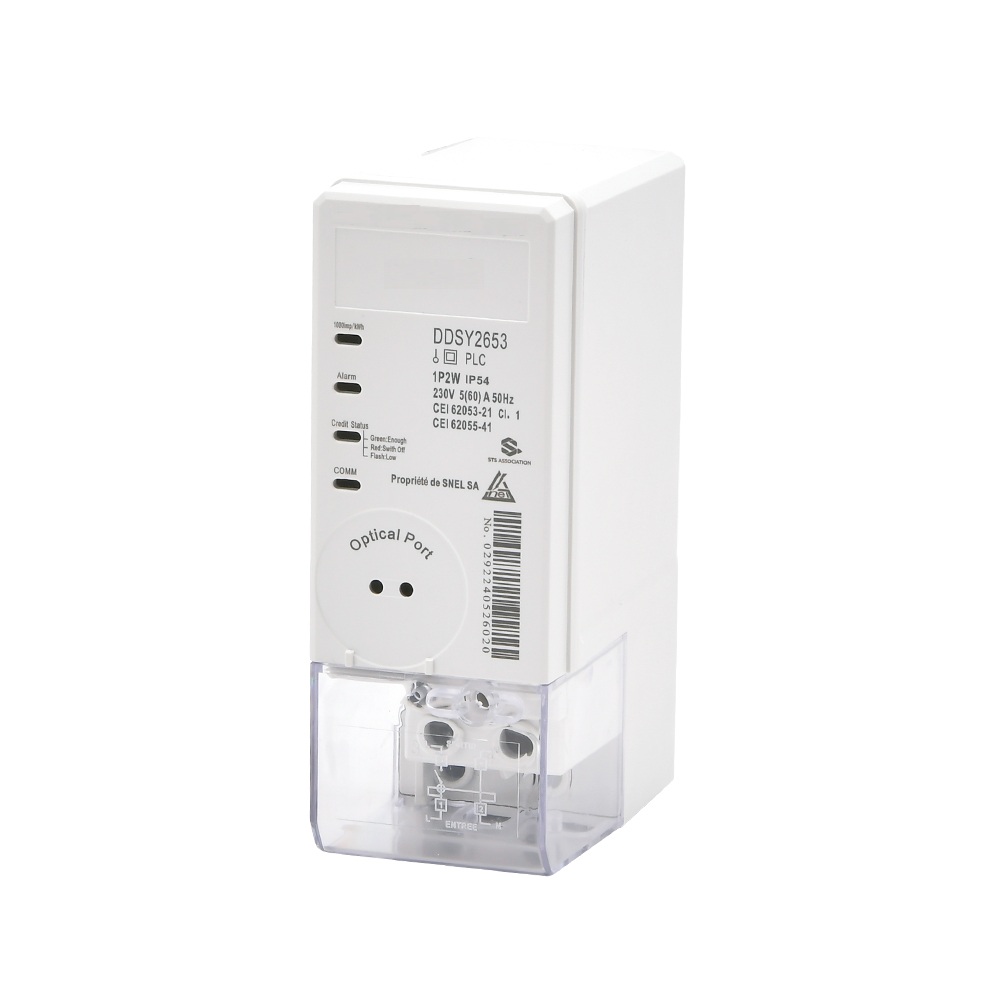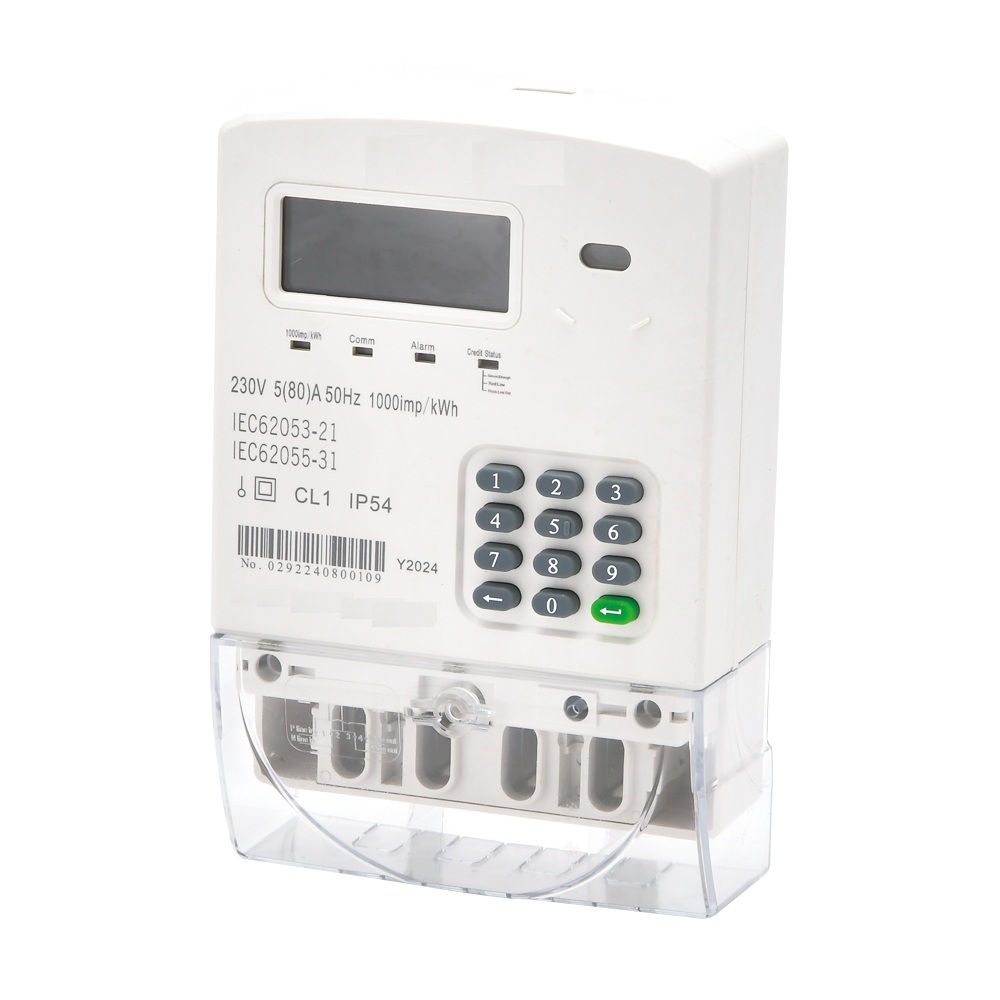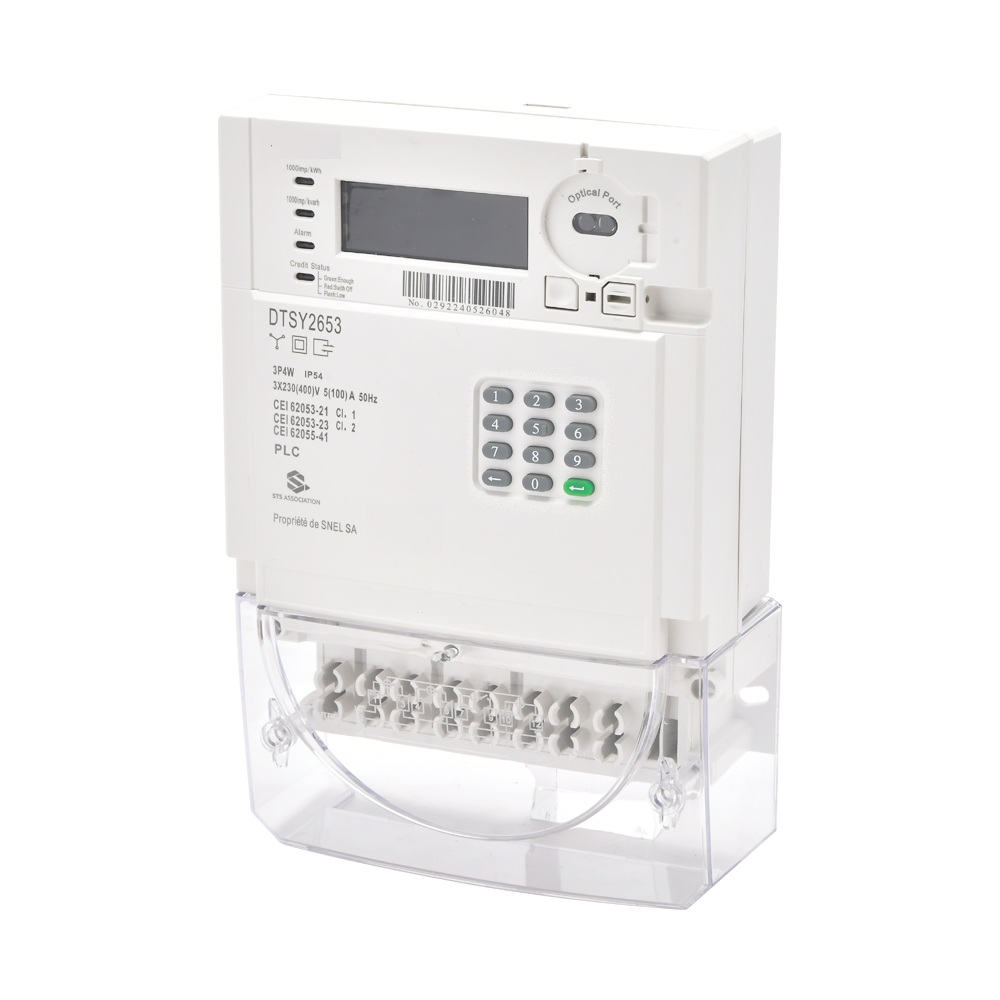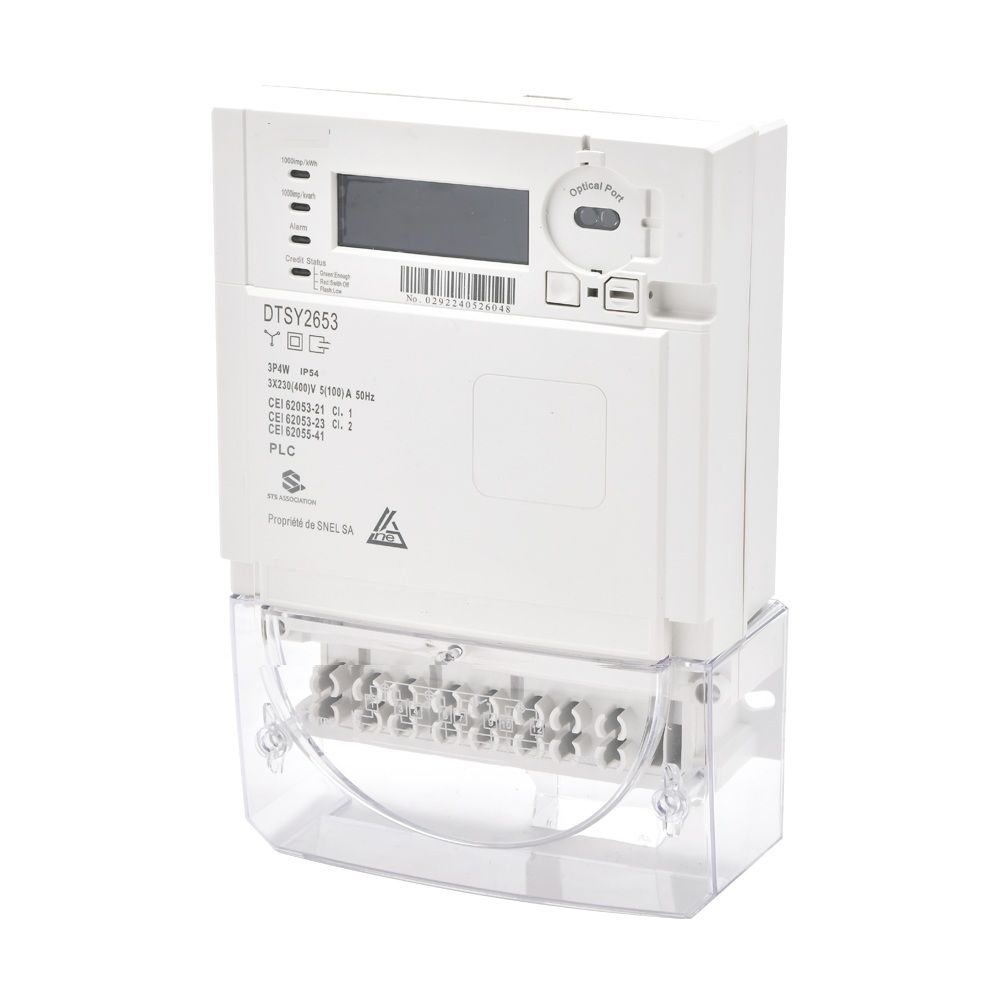How to choose a suitable three-phase electricity meter for the factory?
Publish Time: Author: Site Editor Visit: 609
1、 Clarify the electricity demand of the factory
Load type and scale
Load type: There may be different types of loads in the factory, such as motors, lighting, heating equipment, etc. Different types of loads have different performance requirements for electric meters. For example, motor loads may generate harmonics, so it is necessary to choose an electric meter with anti harmonic function.
Load scale: Understand the maximum and average power consumption of the factory in order to select an appropriate range of electricity meter. A too small range may cause overload of the electricity meter, affecting the measurement accuracy; If the range is too large, it may reduce the measurement resolution.
Electricity usage characteristics
Electricity consumption period: Analyze the peak and off peak periods of the factory's electricity consumption. If the factory participates in the time of use electricity pricing policy, it needs to choose an electricity meter that supports time of use metering.
Electricity stability: Considering the stability of factory electricity consumption, if there are frequent load fluctuations or impact loads, an electricity meter with good dynamic characteristics should be selected.
2、 Key parameters for selecting an electric meter
accuracy class
The accuracy level of an electricity meter is an important indicator for measuring its measurement accuracy. For factory electricity usage, it is generally recommended to choose meters with an accuracy level of 0.5S or higher to ensure the accuracy of measurement data.
Voltage and current specifications
Select an appropriate voltage and current meter based on the power supply voltage and load of the factory. Common voltage specifications include 3 × 220/380V, 3 × 57.7/100V, etc; The current specification should be selected based on the maximum load current and leave a certain margin.
communication function
Data transmission: Consider whether the electricity meter needs to have remote communication function in order to transmit electricity consumption data to the energy management system or the data center of the power company. Common communication methods include RS-485, Modbus, GPRS, LoRa, etc.
Interface type: Select the appropriate communication interface type based on the existing communication network and equipment in the factory.
Display and operation
Display mode: Select an electric meter with a clear and intuitive display interface to facilitate operators in reading electricity consumption data.
Operation function: Consider whether the electricity meter has parameter setting, data query, alarm prompt and other operation functions to meet the power management needs of the factory.
3、 Consider the additional functions of the electricity meter
Power Quality Monitoring
If the factory has high requirements for power quality, an electric meter with power quality monitoring functions such as voltage fluctuation, frequency deviation, harmonic content, etc. can be selected.
Event record
The electricity meter should have event recording function, which can record the occurrence time and related parameters of power outage, power restoration, overload, voltage loss and other events, in order to conduct fault analysis and electricity management.
Prepaid function
For some factories that need to control their electricity costs, they can choose electricity meters with prepaid functions to implement a management model of paying first and then using electricity.
Anti electricity theft function
In order to prevent electricity theft, electric meters should have certain anti-theft functions, such as lid opening detection, current reverse detection, and voltage loss detection.
4、 Evaluate the quality and reliability of the electricity meter
Brand and Manufacturer
Choose electricity meters produced by well-known brands and reputable manufacturers, who typically have strict quality control systems and comprehensive after-sales services.
Certification and Standards
Ensure that the electricity meter complies with relevant national standards and certification requirements, such as CCC certification, International Electrotechnical Commission (IEC) standards, etc.
Environmental adaptability
Consider the environmental conditions of the factory, such as temperature, humidity, dust, etc., and choose an electric meter with good environmental adaptability.
5、 Consider cost and cost-effectiveness
purchase cost
On the premise of meeting functional requirements, compare the purchase costs of different brands and models of electricity meters and choose products with high cost-effectiveness.
Installation and maintenance costs
Considering the installation difficulty and maintenance cost of the electricity meter, choose an electricity meter that is easy to install and maintain.
Long term usage cost
Evaluate the long-term usage cost of the electricity meter, including energy loss, replacement of accessories, and other expenses.



